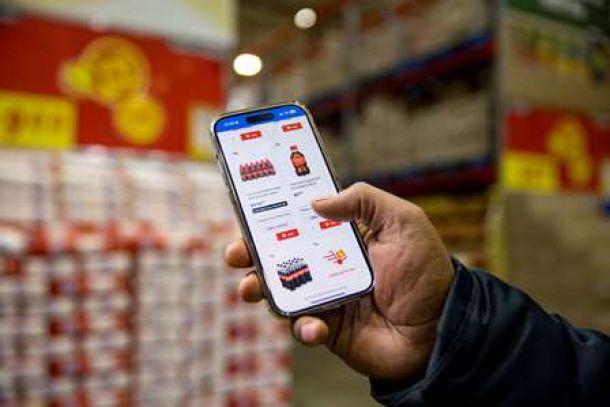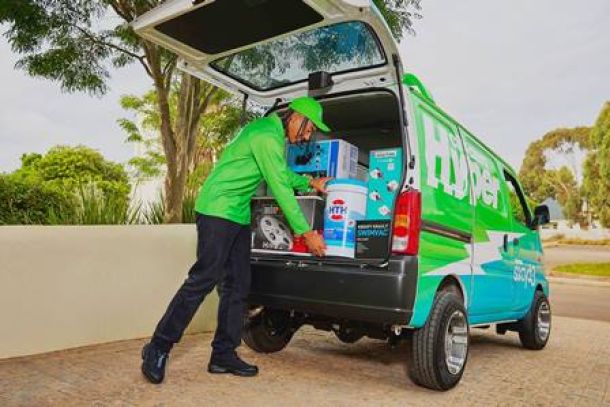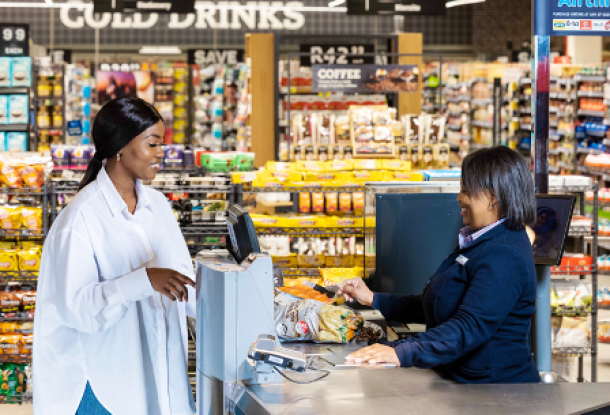Five fundamentals to maximise retail analytics in brick and mortar environments
The use of retail analytics in the world of brick and mortar retail is intensifying and constantly innovating as retailers use big data and qualitative data to maximise their engagement with customers, learn more about consumer behaviour and increase transactional value.
As retail-analytics technology evolves, and mobility and analytics collide, retailers and customer are moving towards a much more mobilised, interactive and engaging shopping experience.
According to Scott Matthews, new business developer at Moving Tactics Retail Analytics, there are certain fundamentals that brick and mortar retailers and marketers can capitalise on to keep up-to-date with so that they create a better shopping experience for their customers by gaining and applying usable data.
1. Selecting the right technology
With the advancement in technology, solutions are becoming more affordable for retailers. The range of technology available is also continuously advancing. “From the simple footfall counter for entrances and areas of interest in your store, to qualitative data-gathering solutions such as survey questions via in-store WiFi, or the more advanced technologies such as in-store apps and iBeacons, these technologies can be tailored specifically to a retailers’ requirements and can be implemented in phases as needed,” says Matthews.
2. Ease of deployment
The latest plug-and-play technology means that capitalising on already existing infrastructure doesn’t have to be a long drawn out process. Strategic deployment of new or additional technologies can easily enhance the impact of current operations in-store.
3. User-friendly online management and reporting tools
Managing the influx of data might seem daunting, but the advancements in technology have resulted in the development of more user-friendly online reporting dashboards. “Key performance indicators can easily be measured at a glance, red flags can be sent via email in real-time and weekly reports sent the day before a status meeting. You can also deploy a new set of survey questions to your store network via your online dashboard immediately,” explains Matthews.
4. Stress-free maintenance
The days of endless maintenance call-outs are a thing of the past. The development of more innovative management dashboards and with hardware being more robust, issues can be identified quickly and often resolved remotely.
5. Enhancing synergies across the business
One of the main advantages of a retail-analytics solution within a brick and mortar retail environment is the benefit it has for the entire business. Not only are various business units able to share the costs, but the data gathered is strategically beneficial for cross-departmental collaboration.
The advancements in technology have not only lowered the barriers to entry, but have also made the systems more accessible and easy to use and apply. As the industry matures and additional features serve a wider range of needs, there is a compelling case for retailers to take retail analytics seriously.
News Category
- International retailers
- On the move
- Awards and achievements
- Legislation
- Wine and liquor
- Africa
- Going green
- Supplier news
- Research tools
- Retailer trading results
- Supply chain
- Innovation and technology
- Economic factors
- Crime and security
- Store Openings
- Marketing and Promotions
- Social Responsibility
- Brand Press Office
Related Articles

Two local businesses see a gap as food and groc...

SARS launches WhatsApp channel to help check ta...

Shoprite launches online shopping and bulk deli...

Sixty60 promises lightning-fast delivery of 10 ...


